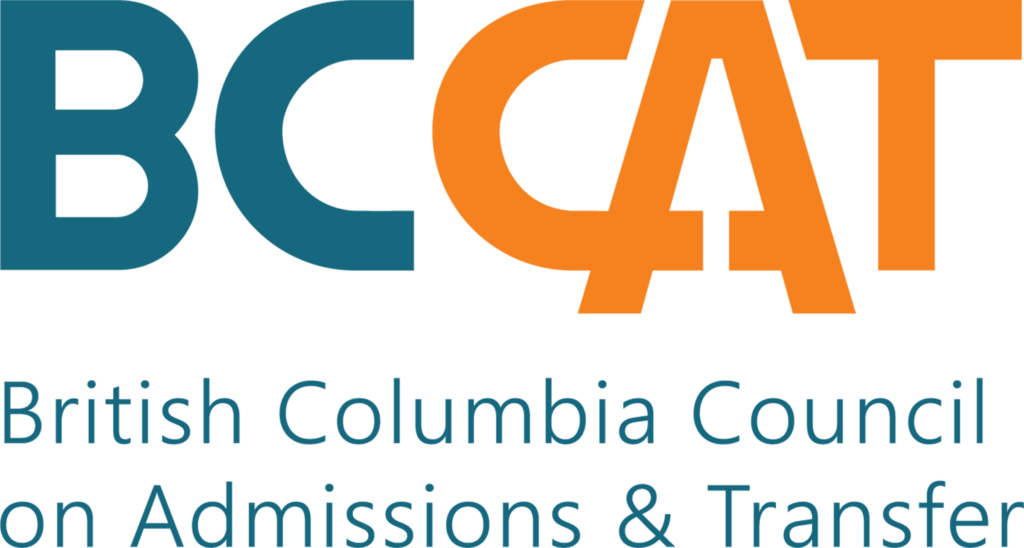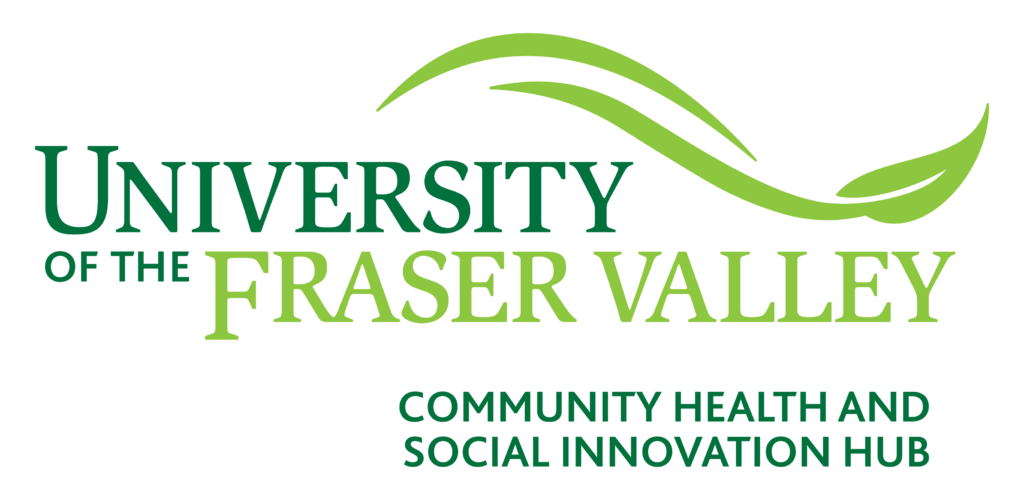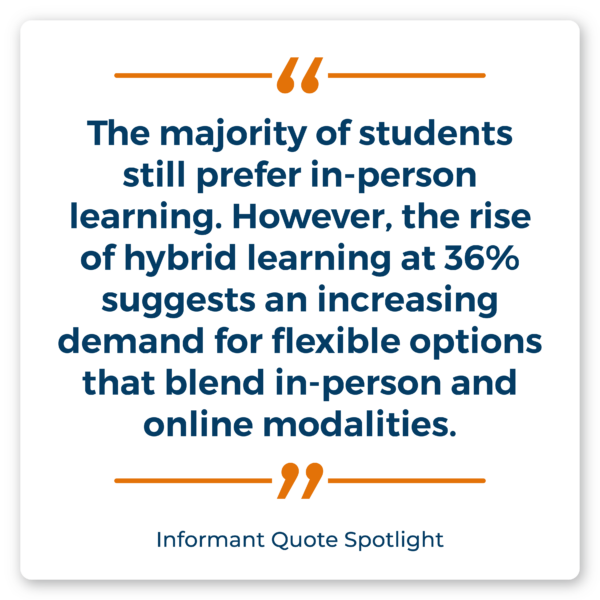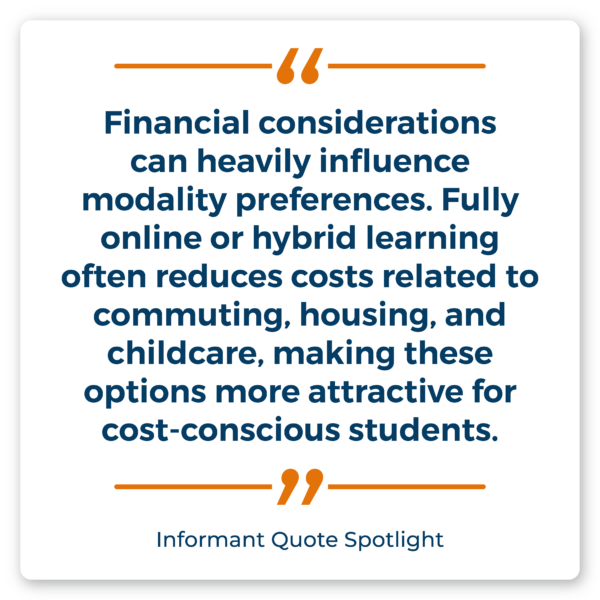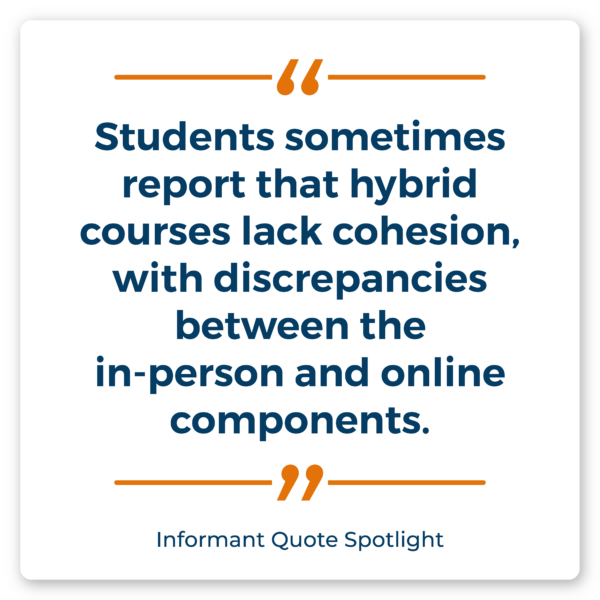Delivery Preferences:
Student Surveys and Institutional Responses
21
Organizations
≈100k
Students
41
Reports
About the Dashboard
In partnership with the British Columbia Council on Admissions & Transfer (BCCAT), the Community Health and Social Innovation (CHASI) Hub at the University of the Fraser Valley analyzed reports on surveys asking students about their preferences for course delivery methods and instructional modes. The study utilizes publicly available post-secondary survey response data and informant discussions. To enhance the collective understanding of post-secondary students’ delivery preferences, all collected information is presented on this accessible online dashboard. This dashboard features survey results derived from a thematic analysis of publicly available reports as well as feedback from 3 post-secondary institutions and organizations that participated in a key informant discussion. These reports were gathered in Fall 2024, and the reports are all from between 2020 to 2024. In total, 41 student impact reports were identified, representing 21 post-secondary institutions and organizations across Canada. The quotes seen in the data spotlights on this page highlight key comments heard from the informants and speak to the varied experiences of different modalities of learning.
Key considerations:
These key considerations are based off the findings from the thematic analysis and are intended to provide institutions and educators with insights to contemplate if they are looking at their own students’ preferences.
- Institutions should ensure survey questions are designed to specifically ask questions related to which modalities students prefer and why they prefer them.
- Faculty should be supported to implement best practices related to modalities as this can impact students’ preferences.
- Institutional adaption is critical to ensure course offerings best align with student preferences.
- Institutions should prioritize equitable access to technology and seek to understand where barriers might exist for users.
- Surveys conducted by institutions should focus on understanding how social connectedness may relate to student modality preferences.
- Attention should be given to how students’ preferences may connect to their wellbeing.
- Institutions should track how performance, motivation and focus may differ between modalities.
- Institutions should consider how increased flexibility impacts students’ preferences.
- When collecting survey data related to preferences, understanding how intersectionality might impact students’ preferences can help institutional decision makers design policies to better advance the needs of marginalized groups.
